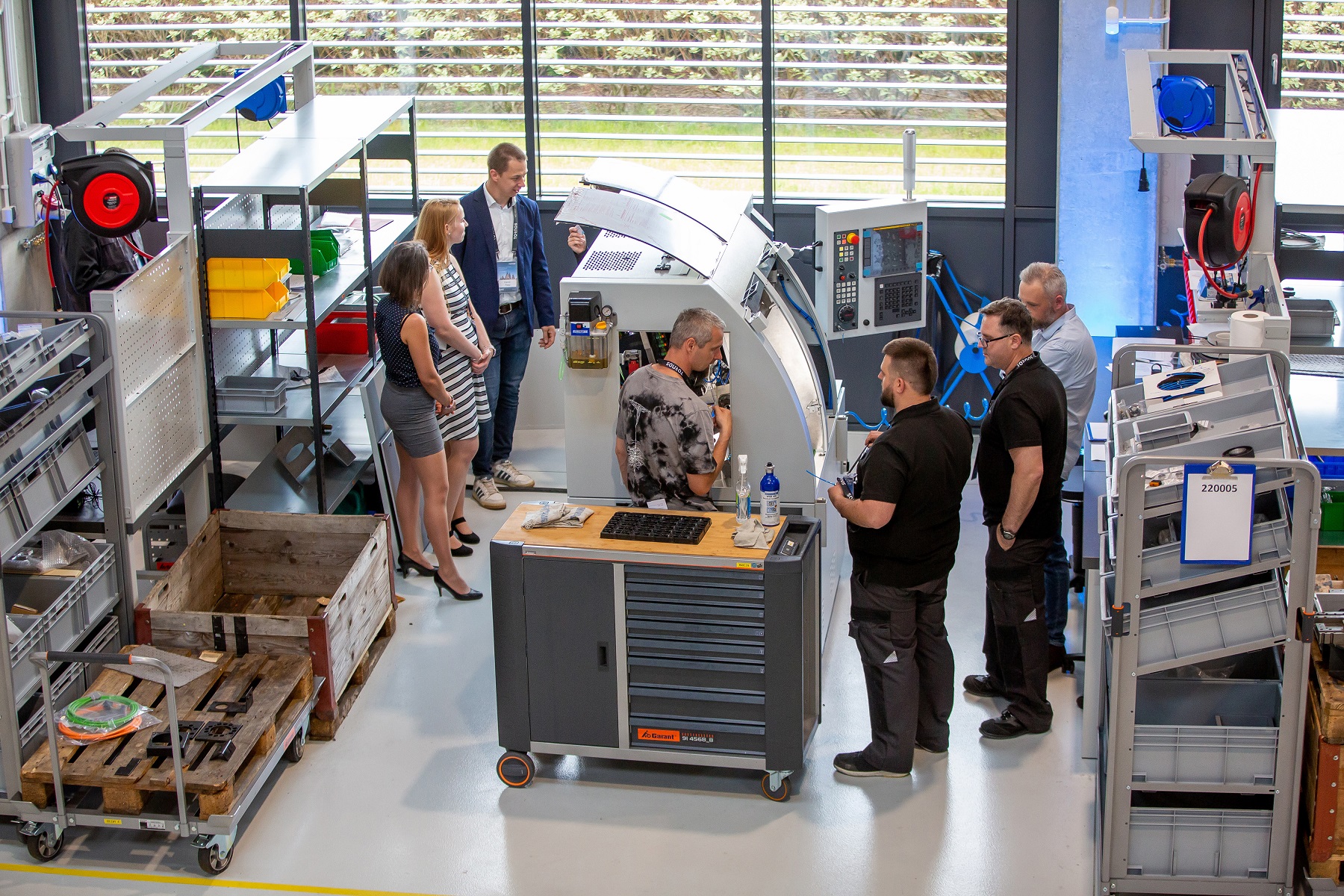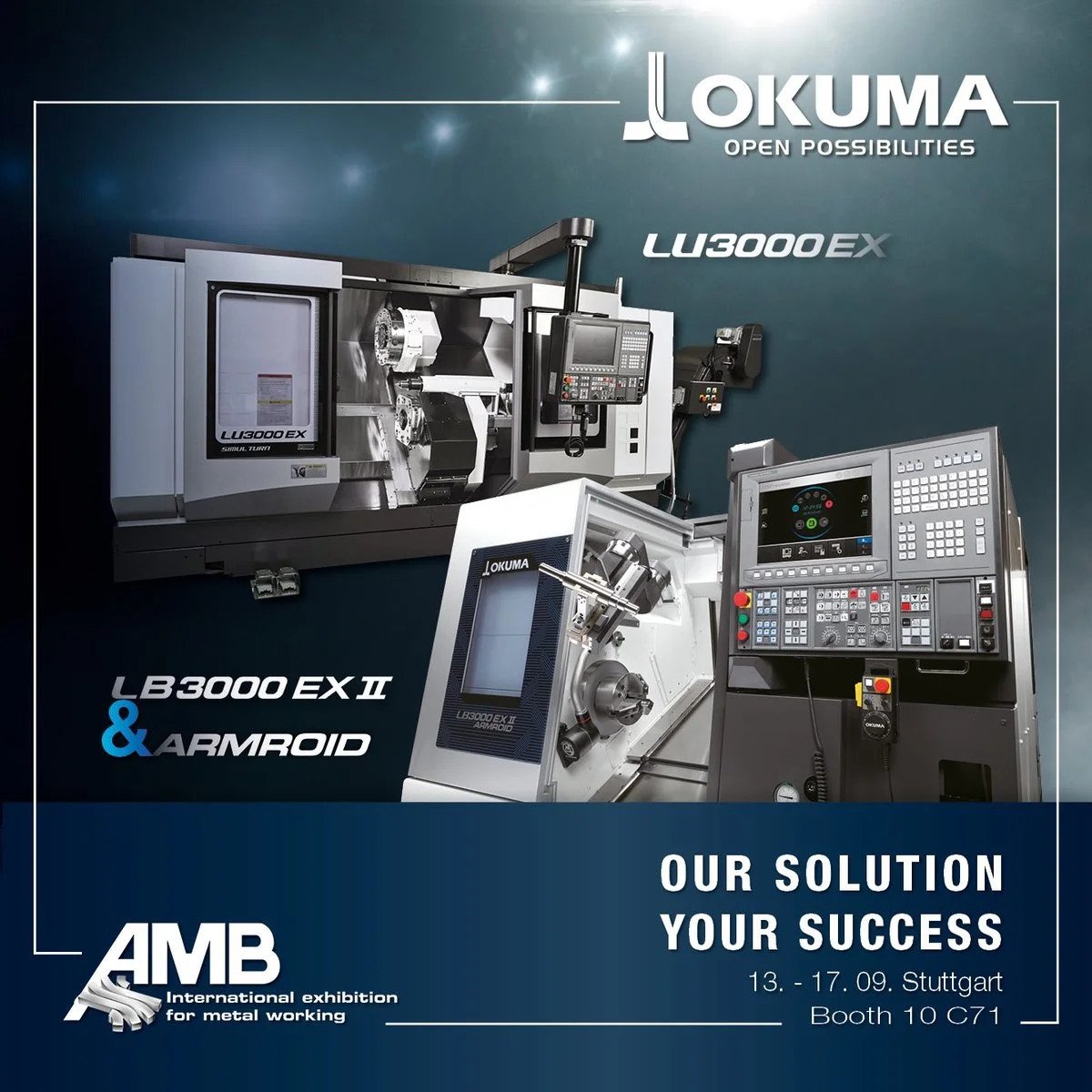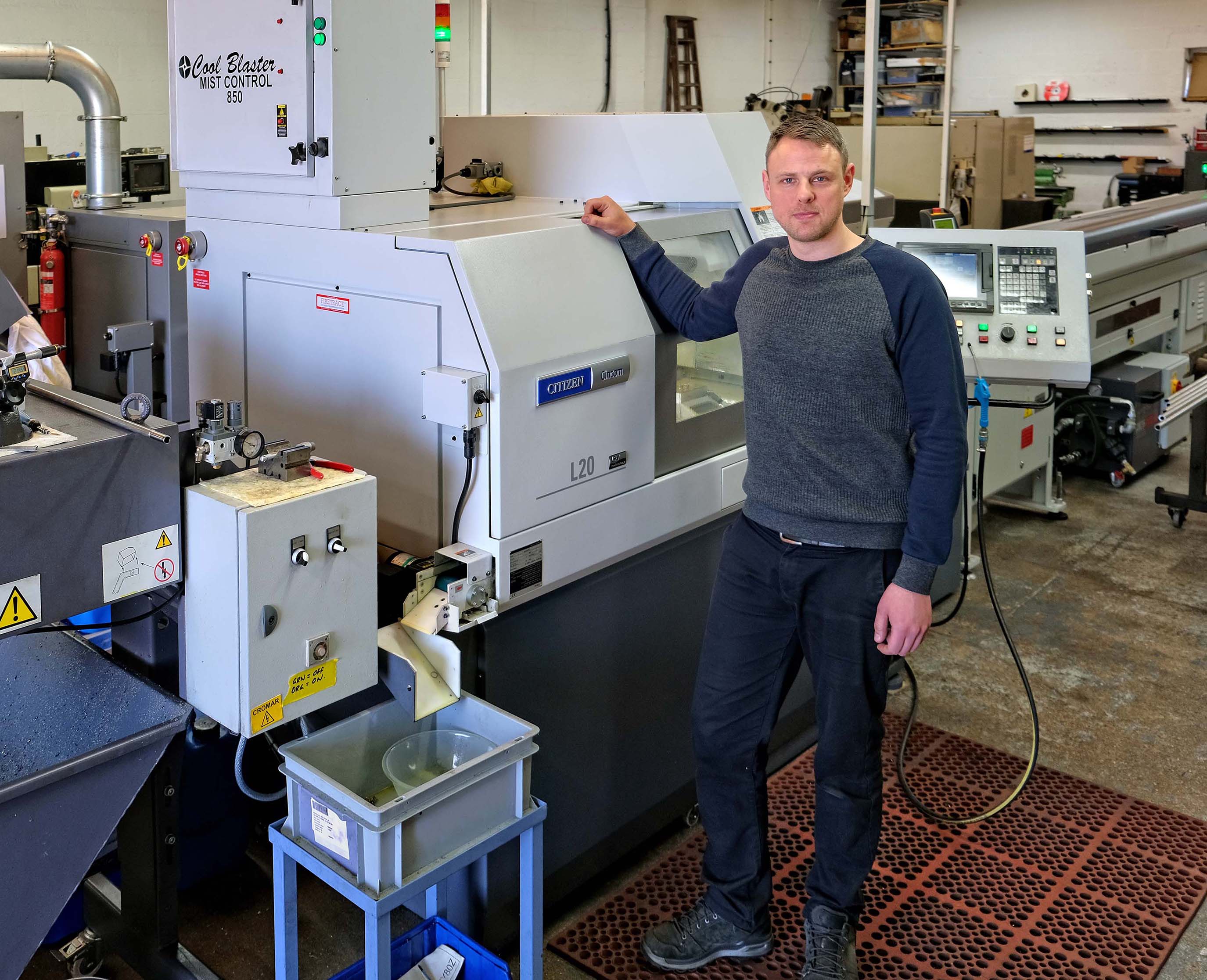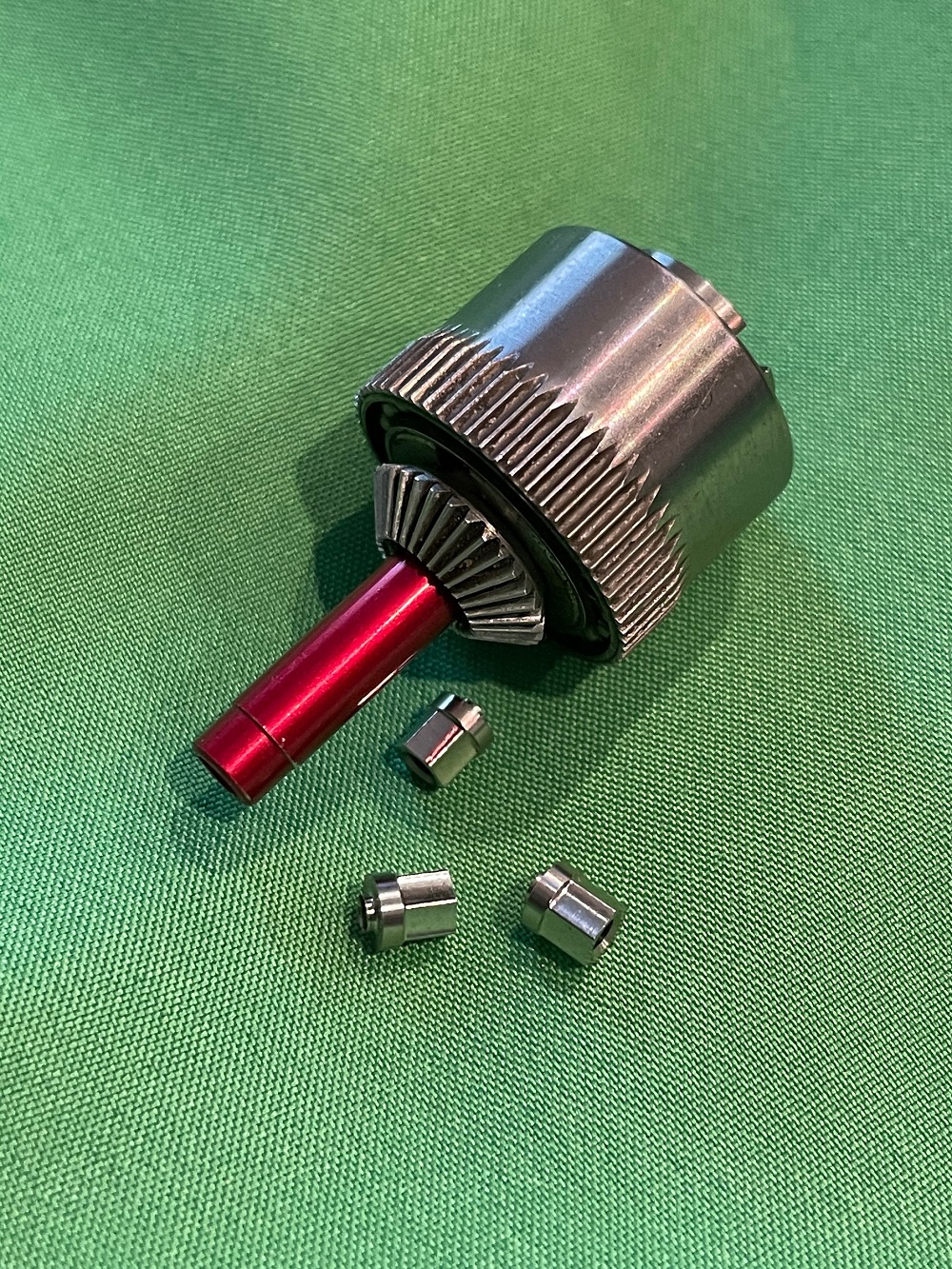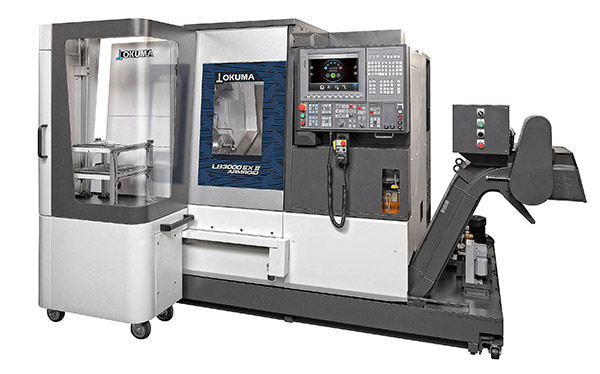Tornos has opened its new factory in Kąty Wrocławskie, Poland. The factory was designed primarily to refurbish and modernise Tornos’ Deco 10, a flagship and best-selling bar-turning machine. By giving the Deco 10 new life as the Deco 10 Plus, Tornos highlights its heritage and know-how, while promoting the circular economy.
More than 200 invited guests took part in festivities marking the opening of the new factory in Kąty Wrocławskie. By establishing a permanent presence in Poland, Tornos is making more than a strategic choice. The new factory, located just a few minutes from Wroclaw, an important university centre, makes it easy to recruit highly competent research and innovation personnel.
The story of Tornos Poland began more than 10 years ago, with only two employees representing the brand on Polish soil. Today, Tornos Poland has more than 40 trained employees who know the machines inside out and are able to overhaul and repair them if necessary. Of course, service is about more than resolving technical issues and replacing machine parts. It includes the labour-intensive and important administrative work that Tornos’ new global Shared Services Centre is undertaking in Kąty Wrocławskie. Indeed, the Tornos Shared Services Centre provides these services to the benefit of Tornos sales companies and customers in Europe and, eventually, worldwide.
In Poland, Tornos executes its approach to industry’s circular economy. Since Tornos last year began offering its customers the opportunity to refurbish their Deco 10 machines by upgrading them to the Deco 10 Plus model in celebration of this iconic machine’s 25th anniversary, requests have been pouring in. So much so that Tornos Poland is set to expand even further in the coming months, offering staff the opportunity to train on the unique know-how of machine tool manufacturing and refurbishment.
For further information www.tornos.com






